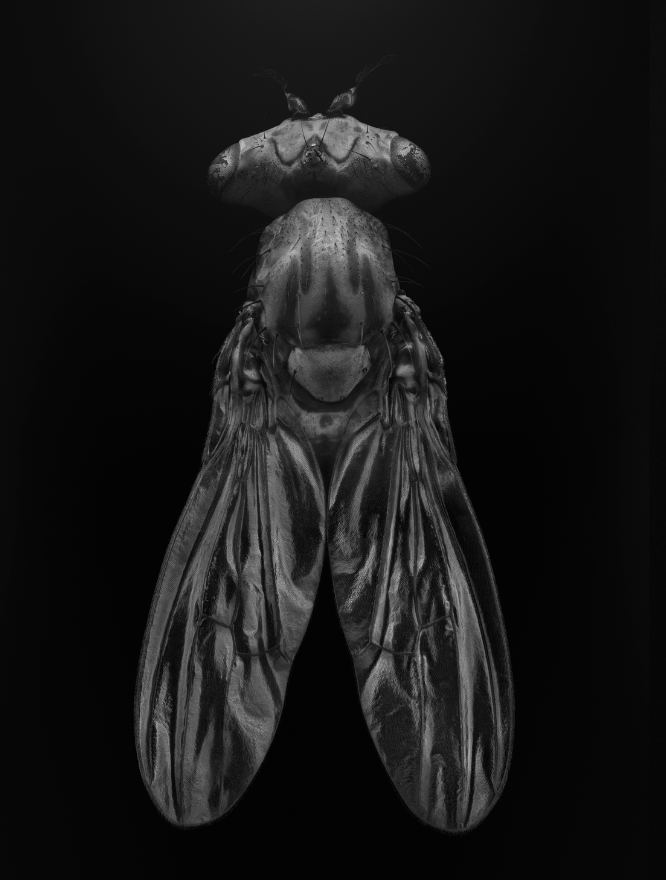A Cry for Butterflies: A Closer Look into Endangered Insects
While small to the eye and often overlooked, insects play a vital role in Earth’s ecological balance. However, many insect populations are rapidly declining and some are already extinct. British photographer Levon Biss wished to photographically capture the intricate details of seveal near-extinct insect species to shed light on the importance of bettering their conservation status. He teamed up with the American Museum of Natural History to bring his unique and intriguing images to the public.
With great aristry, “Extinct and Endangered: Insects in Peril” exhibits photographs depicting the extraordinary microscopic elements of butterflies, moths, bees, flies and beetles impossible to see with the naked eye. Insects from all over the world are photographed: the Christmas beetle from Australia, the stygian shadowdragon from Canada and shining amazon ant from New York. Most notable is the Monarch butterfly found in North, Central and South America, Western Europe and the Pacific Islands, which too is severely endangered. The photos are incredible because of their intricacy and clarity. 10,000 individual shots are necessary in order to make one whole image, so Biss uses a bespoke camera system. The finest details of the insects’ colors, wings, eyes, legs and bodies are so clear because of the advanced technology used. I was especially impressed with the picture of the Hawaiian hammer-headed fruit fly because of the amazing teal and pink coloring of the wings and exceptionally clear texture of the body. The Hawaiian islands are recorded to have the highest number of extinctions of anywhere in the world, so it is critical to bring awareness to this problem in photos like these.
The exhibit also displays causes for these species’ declines in addition to the photographs and informatory signs. The three primary reasons insects are being harmed is because of habitat loss, climate change and pesticide and fertilizer use — all of which are caused by humans.
Humans use approximately 40% of land surface for agriculture and livestock, but farming practices like deforestation and monoculture cause severe loss of habitat. Urbanization has the same result as paved roads and sprawling buildings destroy natural ecosystems. Rising temperatures and uncertain precipitation patterns due to climate change compromise the equilibrium between plants and insect interactions, thus reducing pollination for them. Lastly, the millions of tons of pesticides and herbicides used for crops and lawns put insects at risk too as these harmful chemicals pollute their environments.
Ultimately, AMNH’s “Extinct and Endangered” exhibit is effective in bringing to the public’s attention the ways in which humans are causing these creatures to go extinct. Even so, part of the exhibit features ways in which people can help tackle this issue. Whether it be voting for insect conservation, supporting organizations that protect them, creating an insect-friendly space at home or simply turning down the lights, there is something everyone can do. These creatures are valuable. Biss’ photos perfectly illustrate the beauty of these bugs and will hopefully inspire future generations to protect these species — even if they are difficult to see.











































































































































































































